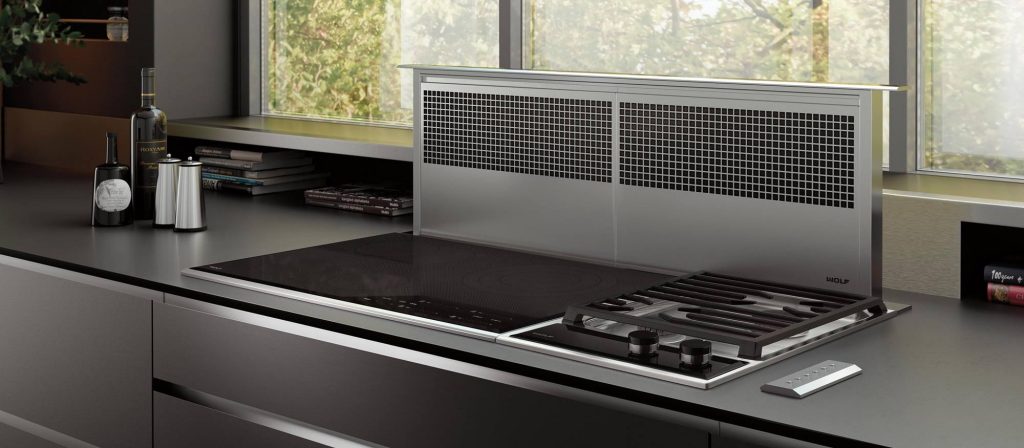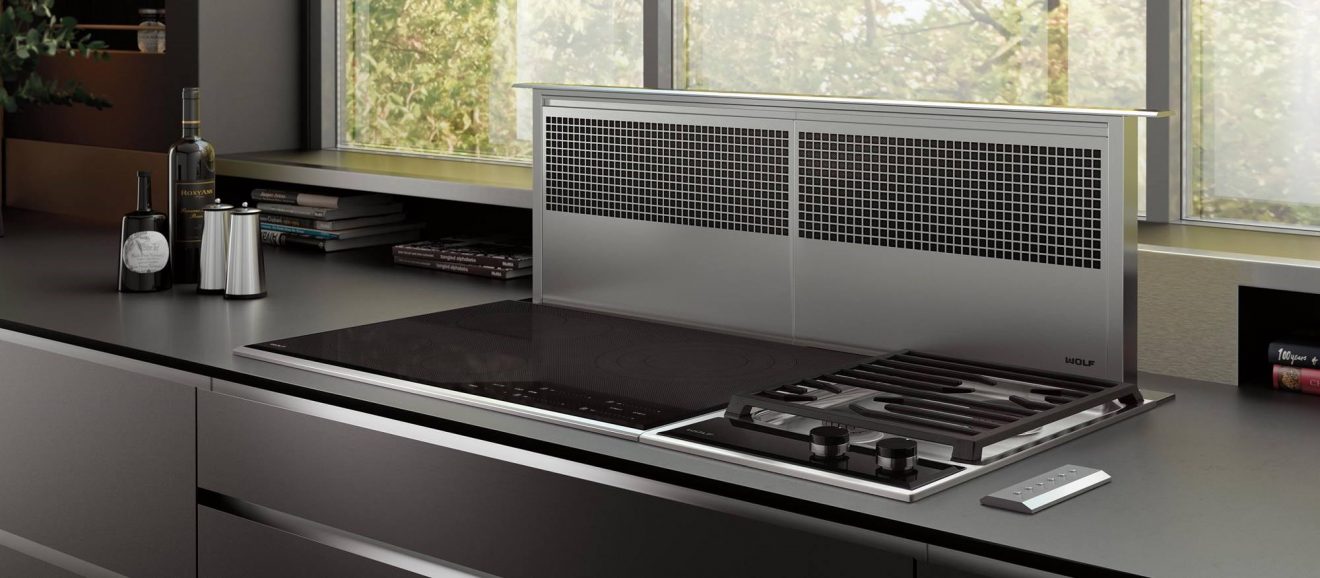In this article you will know every single detail about how to handle cooker properly…what should be done before installation and afterwards

Before installation
Before installing a stove, it is important to clearly define its location. It is necessary to ensure that adjacent or nearby furniture can withstand the heat. It must be placed in a place with minimal ventilation and away from curtains.
The connections
Above all, they must be done by professionals. Regarding the electrical connection, it is necessary to refer to the nameplate attached to the back of the cooker, and check that the cord is long enough to be connected to the mains socket. To avoid any unpleasant surprises: overheating, fuses cut out. It is imperative not to use extension cords or multiple sockets.
Cooker: Before use
When using the stove for the first time, it is preferable to let it run for a good fifteen minutes, the maximum temperature so that it can burn the micro-dust in the cavity. A harmless odor may emanate from this operation.
Cooker: Cleaning
The cleaning techniques differ if it is a gas stove, ceramic hob or induction.
From the gas cooker : Degrease the cooker with a suitable product, rinse with water. For optimal operation, do not forget to regularly clean the burners and the grates by brushing them with washing-up liquid diluted in water. It is also possible in case of encrusted stains to let act a mixture of baking soda or white vinegar added to water. Rinse well and dry
From the ceramic hob: Certain products on the market are specially designed for the maintenance of its plates. Often costly, equally effective alternatives exist. It is important not to use abrasive products that could affect the functionality of the plate. Do not rub the scraper side of a sponge with a. Use a soft cloth or sponge. Soapy water is often the best cleaning product. Small tip : Using a damp sponge on a task when the plaque is warm allows its immediate removal.
From the induction hob: Daily cleaning is required. A simple wipe with a damp sponge followed by wiping with a soft cloth when the hearth is lukewarm is sufficient. In the event of food or liquid splashing, remove the dried dirt using a tool suitable for glass. Then use a product specific to glass ceramic. In the event of stubborn traces, allow the product to act. Rinse with lukewarm water and wipe dry with a soft cloth
From the oven : After each use, clean the oven walls with a non-abrasive product, thus preventing clogging and the formation of smoke during future uses. Some ovens are equipped with a cleaning method called pyrolysis or catalysis allowing self-cleaning.






